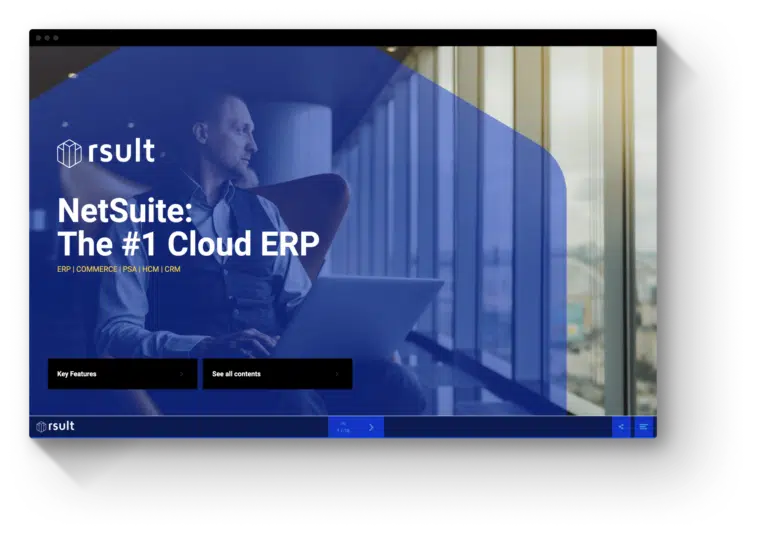1. It’s difficult to find out what’s really happening across the business in real-time
Most systems are designed for an era when companies could wait until the end of the month to get the data they need. That’s not the case today— consolidated views and up-to-the-minute reporting can make the difference between thriving and barely surviving.
Small teams at a single location can sometimes get by without a fully automated system because they are close enough to the action. But as a company continues to grow, opens new locations or allows employees to work remotely, the information that has to be exchanged increases exponentially. Additionally, the data needed for timely and accurate business decisions is buried within multiple systems.
2. Manual processes are used to enter and reconcile data across systems
Today, it’s frustrating for suppliers, customers and business managers to wait for answers while information is manually transferred between systems. Incompatibilities between systems and imperfect integrations have left employees copying data between systems.
3. Sales are lost because employees can’t get information to where it’s needed fast enough.
Customers expect to see real-time stock levels, confirm delivery schedules at the same time they place their order, and call customer service minutes after their purchase to add an extra line item. But this level of real-time responsiveness is impossible with limited or disparate systems, inhibiting your competitive edge in the market.
” The biggest difference NetSuite has made for us is to be able to concentrate on our customers. NetSuite allows us to get the back office out of the way and lets us concentrate on our core mission.”
4. More accounting is done outside of the financial system than in it.
Standalone financial systems are designed to automate a limited set of core accounting functions. As a result, it hinders how companies can run their operations. As businesses grow, companies are forced to adapt their processes to fit the application, rather than the other way around. It is easy to run out of headroom when companies have more customers, vendors or inventory items than many standalone financial systems can handle.
The key to business success is greater transaction volumes and speed, but it’s hard for many financial systems to handle this kind of pressure. Full audit trails, rich business planning and reporting or automated processes mean having to add applications and constantly engineer short-term quick fixes. Standalone financial systems simply can’t handle stronger financial controls, better SKU management or more complex financial processes, such as recurring billing and invoicing.
5. The business spends too much time worrying about technology instead of focusing on business results
Every time a company adds a new layer of business software, the underlying systems infrastructure becomes more complicated and inflexible. Earlier investments in hardware and software are costly to maintain and fail to keep pace with technological innovation.
Special NetSuite
NetSuite, the first cloud ERP, is real-time and always current. Its native flexibility and agility is all-encompassing, and the overhead of maintaining an underlying technology layer is non-existent. NetSuite is designed to stay up-to-date with the best technology, giving companies the tools needed to stay ahead of the competition and to seize new opportunities.
NetSuite, the first cloud ERP, is real-time and always current. Its native flexibility and agility is all-encompassing, and the overhead of maintaining an underlying technology layer is non-existent. NetSuite is designed to stay up-to-date with the best technology, giving companies the tools needed to stay ahead of the competition and to seize new opportunities.



